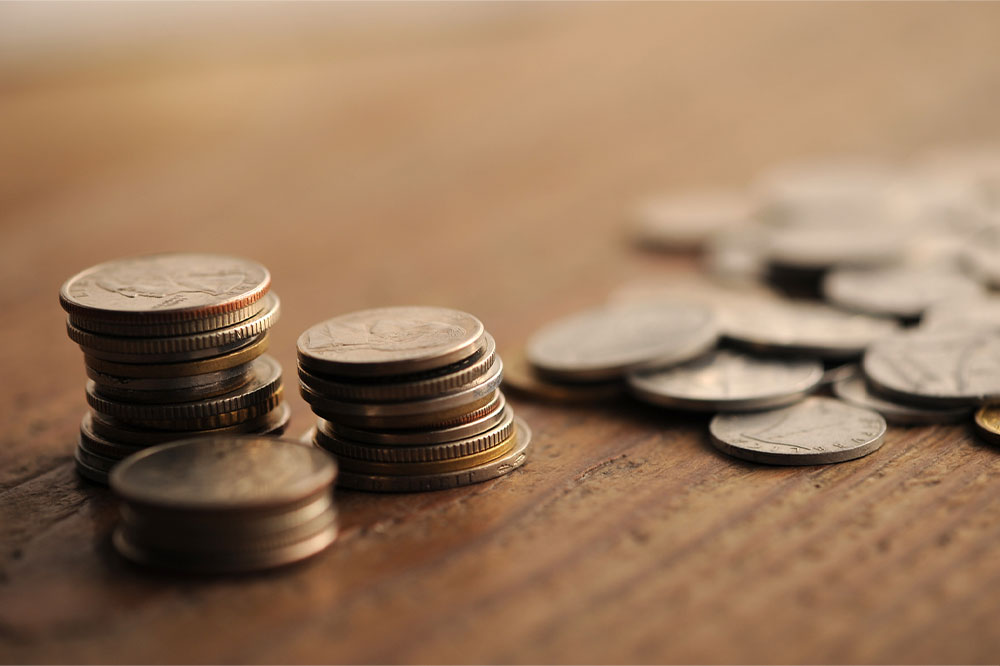
Tips to determine the value of coins
Collecting coins is a fun hobby, but knowing the value of a coin can take this hobby to a whole new level. Collectors try to know coin values for investment purposes. When you want to know the value of a coin, you have to start by figuring out exactly what type of coin it is and its condition. There are many factors that go into determining the price and value of a particular coin.
The factors that influence the value of the coin include demand, rarity, and condition of the coin. Here are some tips that you should follow if you want to know about coin values.
Identify your coins by checking mint mark and year
You should check the coin carefully and see if it has a mintage year and a mintmark. If there is no mark, then this particular coin forms a part of the Philadelphia mintage.
Look out for fake coins
Once you identify your coin, you need to now compare it with some other coins from the same mint and year. Here, you need to pay attention to tiny details that include the mintmark and coin edge. Sometimes your coin might have an error that increases its value. Also, these precious coins are a lure for counterfeiters. So, they might add or remove mint marks to increase the coin price. If you are not sure if the coin you have is legal or not, you should get in touch with a professional for a coin assessment.
Look for rarity
The mintage year is not the main factor in determining coin values. The link between supply and demand also affects coin values. So, it is very important to research how rare your coin is so that its worth can be determined quickly.
Origin of the coin
If the coin you possess is rare and expensive, then you need to determine how it came into your possession. The document that contains this information is vital here. If you wish to offer your coin for auction, having provenance proof will add value to it. The main role of this document is to prevent any moral, legal, and other expected problem in the future.
Organize your collection
If you have more than one coin, it is best to keep them organized in groups and batches. You can sort your coins by year or face value, depending upon your collection. Before you go to the dealer to know coin values, you can separate your Indian head pennies from Morgan dollars.
Refer a book
If you feel that online sources are not reliable, you can always use a good book that can help you know more about the coins. These books contain important pricing guidelines for dealers and numismatics.
A photograph can also help
In the modern era, when everything has become digital, you can easily find quick information about coins on the internet. You just need to take a photo and use a search-by-image option on any search engine. You can even download freeware software, upload a photo of your coin, and find similar ones.
It has also been seen that coin preservation plays a crucial role in determining its value. For example, a coin in a gold state can fetch you a couple of hundreds when you have a piece in mint condition. Here, MS grading means that the coin is in the mint state, while PR grading means that a coin is in poor condition. Coin values of uncirculated coins are higher than the circulated ones because they don’t have any signs. Professionals can easily estimate the value of your coins, depending upon their grade and condition.
While you can always depend on your expertise to know the true value of your coins, it is always best to rope in an expert who can do the work for you. While this may cost you, it will help you determine the true value of your coins.




